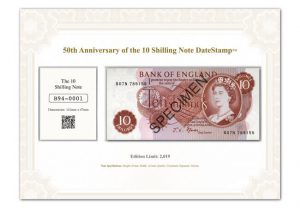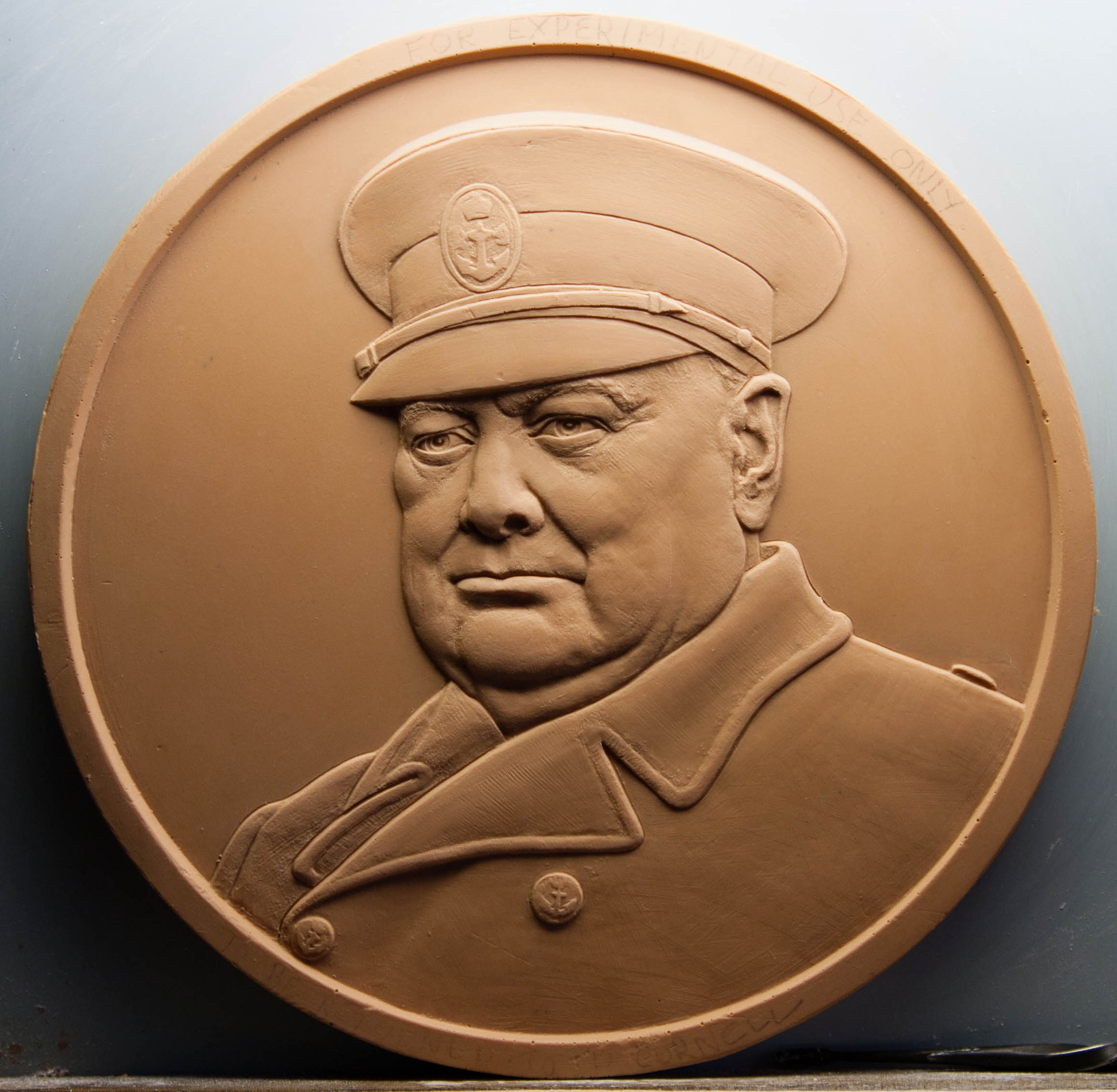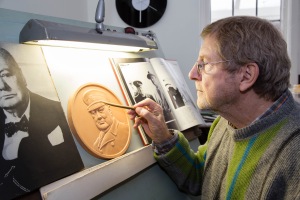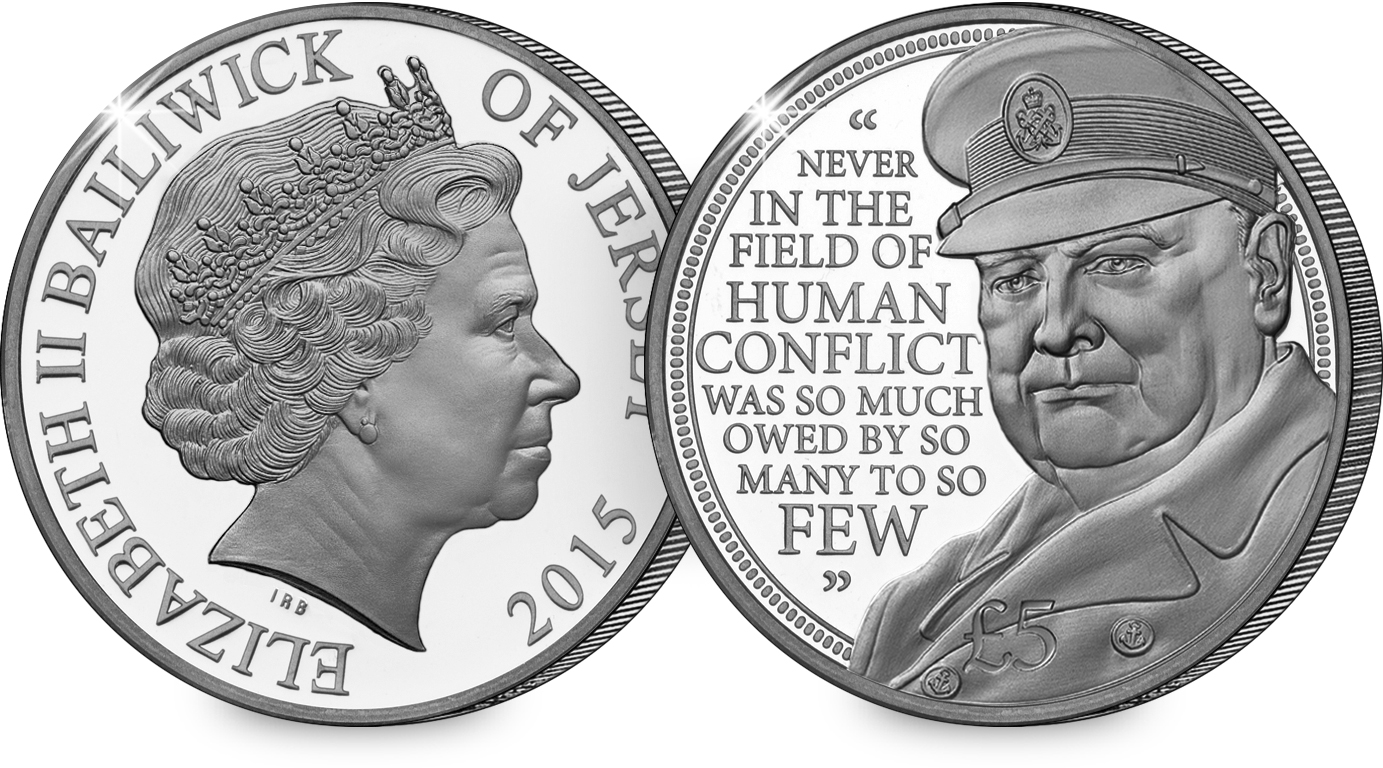Posts Tagged ‘World War I’
The fascinating history of the ‘Ten Bob’ banknote…
The 10 Shilling Note, or ‘ten bob’, was a goodly sum in the old days – in the 1960’s it could buy 6 pints of beer, 10 loaves of bread, or 17 pints of milk.
It’s hard to imagine its decimal equivalent, the 50p, buying so much these days!
This old banknote has a fascinating history, from being issued by the Government in a wartime emergency, changing colour to avoid forgery from the Nazis and eventually being replaced by the world’s most popular coin.
The Emergency Banknote
In August 1914, the British economy was in turmoil because of the instability brought on by the oncoming war on the continent. Bankers and politicians were desperately looking for ways to secure Britain’s finances and prevent the banks from collapsing.
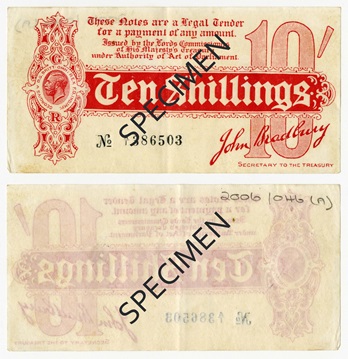
The Government decided that a large supply of banknotes had to be made available for the value of 10 shillings, making it easy for the public to make small transactions. However, The Bank of England was not able to prepare and print the required number of notes quickly enough, so the Government took the unprecedented step of deciding to issue the notes itself.
These banknotes became known as the Treasury banknotes and were unlike anything the British public had ever seen. Until this point the lowest denomination banknote was £5, and in those days this was such a large sum that many people would never have seen or used a banknote before.
That means that these Treasury notes now stand out as the first widely circulated banknotes in England.
The Wartime colour change
In 1928, the responsibility for printing Ten Shilling Notes was transferred to the Bank of England.
However, not long afterwards Britain once again found itself at war, and again found its currency under threat.
During World War II, Nazi Germany hatched a plan to undermine British currency. Through Operation Bernhard they believed that they had discovered a method to manufacture counterfeit ‘White Fivers’ and planned to distribute these in huge numbers to destabilise the British currency.
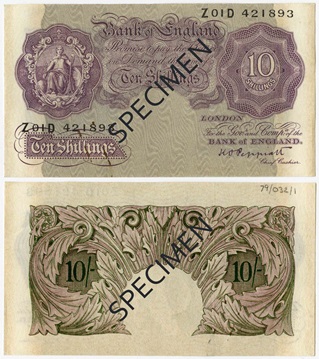
The Bank of England decided to take preventative action and, as a result, the 10 Shilling note was changed for duration of the war to a distinctive pink and blue in an attempt to prevent counterfeiting. It was also revolutionary in the progression of banknote technology by incorporating a metal security thread.
The Nazis could not compete with this high level anti-forgery technology and hence the British 10 Shilling Note stayed strong and supported the British wartime economy as it had done since its conception.
The 50p revolution
After undergoing a colour change during the Second World War, the ‘ten bob’ note reverted to the familiar red-brown until 1961, when a new design featuring a portrait of Queen Elizabeth II was introduced.
Despite a new design for the 10 Shilling Note featuring Sir Walter Raleigh on the reverse being approved in 1964, as part of the process of decimalisation it was dropped in favour of the new fifty pence coin introduced in 1969.
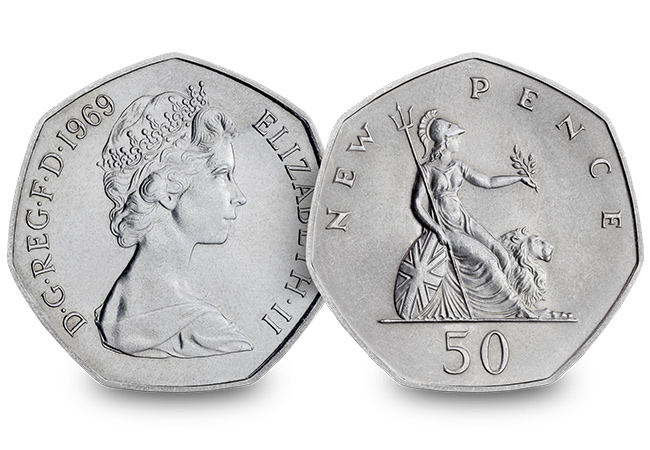
The principle reason for the change was to save the treasury money, the notes had an average lifetime of around five months, whereas a coin could last for fifty years. The 50p has since gone on to become the world’s most popular and collected coin, but nowadays few realise the fascinating history of its predecessor, the 10 Shilling Banknote!
If you’re interested…
It’s now been 50 years since the last 10 Shilling Banknote was issued – which is why you now have the chance to pay tribute to this famous old note with a LIMITED EDITION DateStamp™. But only a very limited number of 10 Shilling Notes will be released in this way, so you’ll need to be quick if you want to secure one for your collection! Click here to order one today >>
The story behind the Winston Churchill £5 Coin
This year a brand new £5 coin has been issued to commemorate Sir Winston Churchill, and it features a never-seen-before effigy of the great man.
Designed by renowned sculptor and artist David Cornell FRSA, the new portrait shows a defiant Churchill in military uniform.
I’ve been given a behind the scenes look at the creation of the portrait, and had a quick chat with the artist himself.
David Cornell is perhaps more famous for sculpting members of the Royal family, (he was even commissioned to paint a birthday portrait of the Queen) so I thought I’d ask him about his inspiration behind the new design:
“Winston Churchill was a major part of my childhood growing up in London during the War, hearing his speeches and seeing photos on posters, which left an indelible impression on me.
“I realised later what a great man he was and his contribution to the War effort, inspiring the people of Great Britain.
“As a portrait artist, it has been a great honour for me to be able to portray him in this tribute to honour his legacy.”
First of all Cornell worked on a plaster engraving of the portrait, making sure it fits the very particular dimensions of a coin. You can see the fine detail in the picture above, and also the large size of the plaster, which has to be reduced when the die is created to strike the coin.
The finished £5 coin also features an inscription of one of Churchill’s famous speeches: ‘Never in the field of human conflict was so much owed by so many to so few.’ Although spoken in reference to the heroes of the Battle of Britain, the quotation was chosen as it represents Churchill’s indomitable spirit during the war.
The coin has been issued on behalf of the Bailiwick of Jersey, and is available now in a range of metals – from an impressive 5oz 22 carat gold version measuring 2 1/2 inches in diameter, to a highly collectable cupro-nickel version available to all. I’m sure you’ll agree, it will make a fitting tribute in any collection to our greatest ever Prime Minister.
If you are interested…
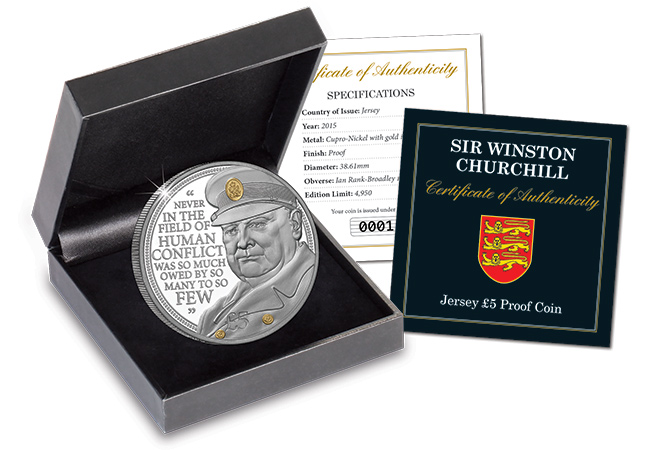
The new Winston Churchill £5 Coin is available now in a special limited edition Proof version. Complete with Presentation Case and Certificate of Authenticity.
1150 years of minting coins
In my mind there is one mint in the world that has more artistic excellence, minting quality and a general je ne sais quoi than any other. It is the French Mint – or to give it its proper title La Monnaie de Paris.
Founded by Charles the Bald in 864, this year marks La Monnaie de Paris 1150th year of minting coins.
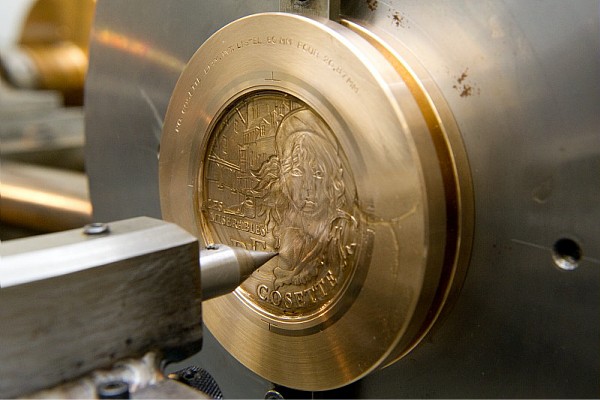 Over the years they have created some of the most exceptional coins and medals that I have ever seen. And they have worked with many of the very finest names in designer excellence. Names like Cartier and Baccarat.
Over the years they have created some of the most exceptional coins and medals that I have ever seen. And they have worked with many of the very finest names in designer excellence. Names like Cartier and Baccarat.
Their pieces are exquisite. They are more than coins and medals – they are true pieces of art.
But, as you can imagine, they are also amongst the hardest pieces to get hold of.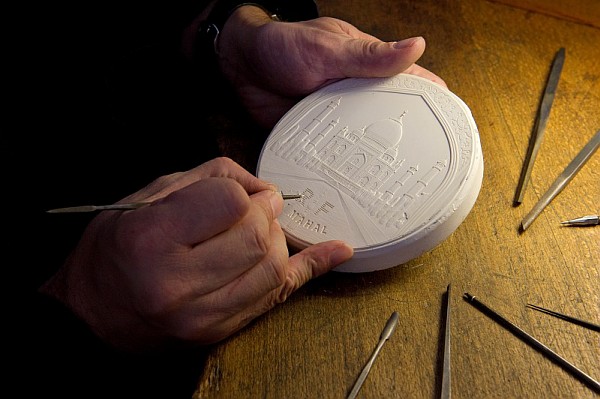
With their age-old expertise, Monnaie de Paris is responsible for the striking of circulating coins, collector coins, medals, official decorations, casts and works of art. But they only entrust the conception of their products to the greatest artists.
Of course, as a work of art you should only consider owning a piece if you love it.

La Monnaie de Paris Bronze Medal
Secure your own artistic masterpiece…
The Westminster Collection has managed to secure a 50 piece initial reservation for La Monnaie de Paris’ tribute to the soldiers of the First World War.
What makes this commemorative medal such an artistic masterpiece is the quality with which it has been struck from 13oz of solid bronze to its unparalleled antique finish.
The overall depth of engraving and striking creates a truly 3-dimensional piece, unlike any normal proof coin you will have seen.
NOW SOLD OUT

